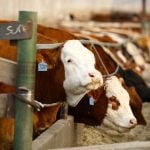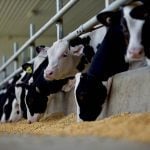
Features
Ochap Farms has best year yet
Ochapowace First Nations’ Ochap Farms Ltd. is investing in people and building a farm in southeast Saskatchewan

Do-it-yourself tile drainage
Combine easy-to-use GPS technology with high land prices, and more Manitoba farmers are installing their own tile draining
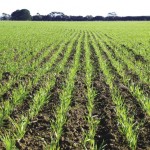
Harvest in Victoria, Australia
While Canadian Prairie farmers were out in the cold, shovelling snow, Kim Neilsen has been running his combine Down Under
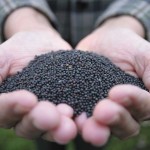
The certified seed hype
There’s a lot of hype around farmers using certified seed. Some agronomists believe it’s well worth the extra cost
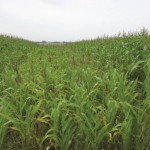
Is soil compaction affecting your yield potential?
If farmers want to continue to increase yields, they may need to pay more attention to the condition of the soil, says an agronomist
Our corn grazing in 2013
Kevin Elmy’s been experimenting with varieties for corn grazing
Estimating costs of production
If you haven't calculated your costs of production on the farm, government numbers can help get you started

Next generation biofuels
In this second part of a two-part series on biofuels, Anglela Lovell considers next generation biofuels and the future of biofuels
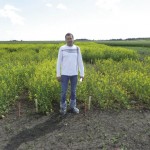
Synergy and the four Rs
To get the most from your fertilizer plan, consider the relationships between variables
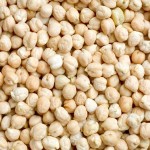
Lentil acres up; chickpeas down
Although transportation issues continue to dominate discussion, Marlene Boersch is positive on lentil markets for 2014

